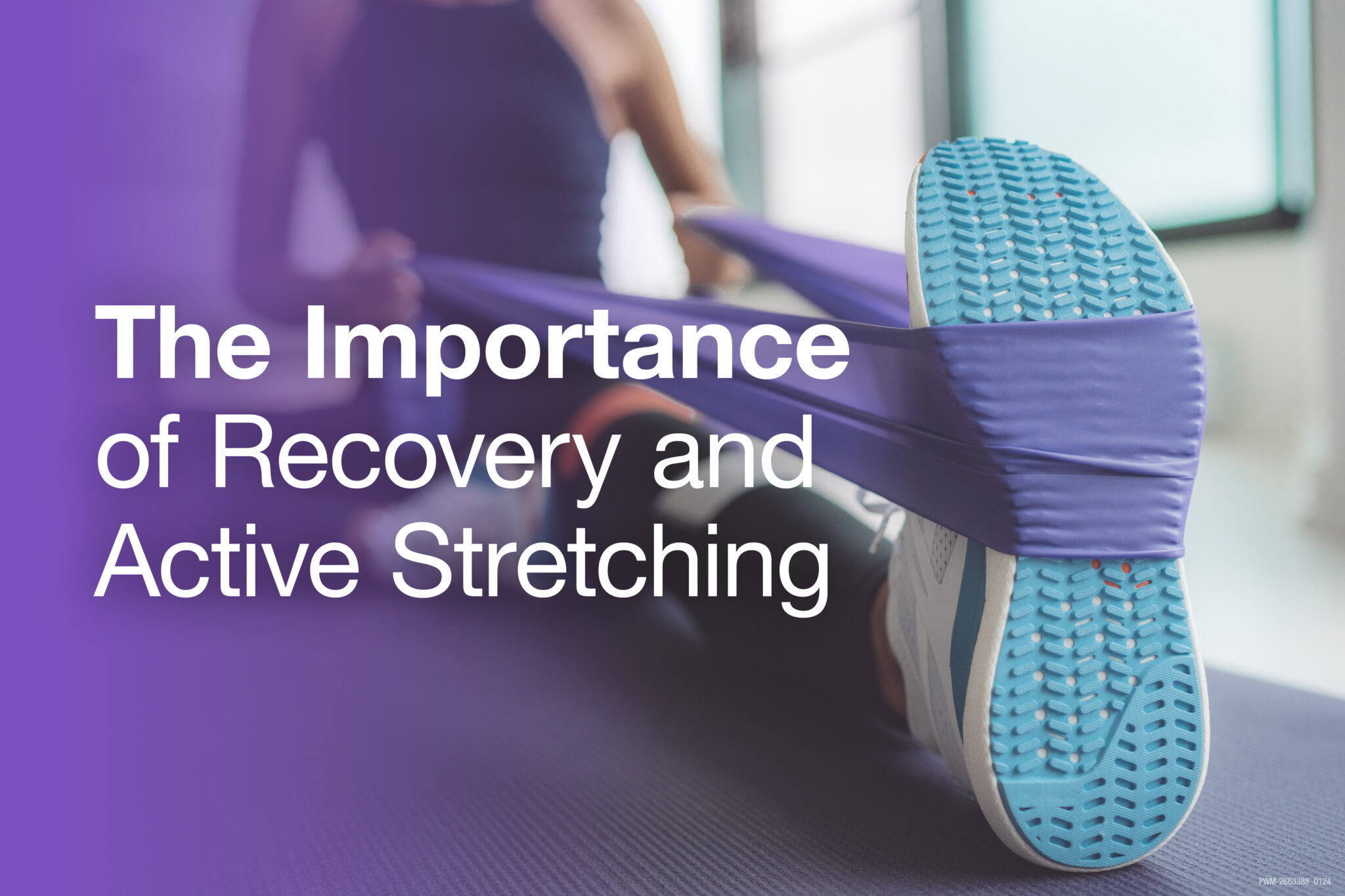In the pursuit of fitness and optimal physical performance, recovery and stretching are essential yet often overlooked components of a balanced exercise regimen. While many individuals focus primarily on the intensity and frequency of their workouts, neglecting recovery can hinder progress and increase the risk of injury. Stretching, on the other hand, is frequently dismissed as a mere warm-up or cool-down exercise, despite its critical role in maintaining flexibility and enhancing recovery. This article explores the profound significance of recovery and stretching, shedding light on their benefits, techniques, and best practices for integrating them into a fitness routine.
The Importance of Recovery
Recovery is the body’s natural process of healing and rejuvenation following physical exertion. It allows for muscle repair, replenishment of energy stores, and restoration of overall balance within the body. When we engage in intense workouts, our muscles experience microtears, and our energy reserves are depleted. Recovery serves as a crucial period for the body to repair these damages, making it essential for athletes and fitness enthusiasts alike.
One of the primary benefits of recovery is muscle repair and growth. After rigorous exercise, the body needs time to heal, leading to muscle hypertrophy, or growth in size and strength. By incorporating rest days and active recovery techniques into their training schedules, individuals can maximize their gains and improve overall performance. Furthermore, neglecting recovery can lead to overtraining, increasing the risk of injuries such as strains and sprains. Taking time to rest allows the body to recover fully, minimizing the likelihood of such setbacks.
Mental well-being is another crucial aspect of recovery. Intense training regimens can lead to burnout and decreased motivation. Taking time off for recovery can foster mental clarity and enhance overall motivation, allowing individuals to return to their workouts refreshed and invigorated.
The Role of Stretching
Stretching is often perceived merely as a means to prepare for or cool down after physical activity, yet its benefits extend far beyond these conventional roles. Stretching is a vital practice that enhances flexibility, promotes blood circulation, and significantly contributes to muscle recovery. When incorporated into a fitness routine, stretching can lead to improved overall performance and well-being.
One of the most notable benefits of stretching is its ability to increase flexibility. Regular stretching routines help maintain and enhance the range of motion in joints and muscles, which is critical for optimal movement during physical activities. Increased flexibility not only improves performance but also enhances functional movements in daily life.
Moreover, stretching plays a significant role in promoting blood flow to muscles. Improved circulation delivers essential nutrients and oxygen necessary for muscle recovery, helping to alleviate soreness and stiffness post-exercise. Engaging in stretching after workouts can also aid in reducing delayed onset muscle soreness (DOMS), allowing for quicker recovery and a smoother transition to subsequent training sessions.
Stress relief is another benefit of stretching that is often overlooked. Stretching can serve as a form of relaxation, reducing muscle tension and promoting a sense of calm. By incorporating stretching into recovery routines, individuals can foster mental well-being alongside physical health.
Types of Stretching Techniques
Understanding various stretching techniques can empower individuals to effectively incorporate stretching into their recovery routines. Static stretching, dynamic stretching, proprioceptive neuromuscular facilitation (PNF), and active stretching each offer unique benefits.
Static stretching involves holding a stretch in a specific position for an extended duration, typically ranging from 15 to 60 seconds. This technique is most effective for improving flexibility and is often performed after workouts, allowing muscles to relax and elongate.
Dynamic stretching, on the other hand, involves controlled movements that enhance range of motion. This type of stretching is best utilized during warm-ups, mimicking the movements of the workout ahead to prepare the body for physical activity.
Proprioceptive neuromuscular facilitation (PNF) is a more advanced stretching technique that incorporates both stretching and contracting the muscle group being targeted. This method can significantly improve flexibility and is typically performed with a partner for optimal effectiveness.
Active stretching involves actively engaging the muscle opposite the one being stretched. This technique promotes both flexibility and muscle control, making it an excellent addition to any stretching routine.
Conclusion
Incorporating effective recovery strategies and stretching techniques into a fitness regimen is paramount for enhancing performance and overall well-being. Recovery allows the body to heal, preventing injuries and promoting muscle growth, while stretching enhances flexibility and circulation, contributing to quicker recovery times. By recognizing the importance of these practices and integrating them into their routines, individuals can maximize their physical potential, prevent injuries, and achieve a balanced state of health. Whether you are an athlete striving for peak performance or a casual exerciser seeking to improve your well-being, prioritizing recovery and stretching will undoubtedly yield significant benefits in your fitness journey.










+ There are no comments
Add yours